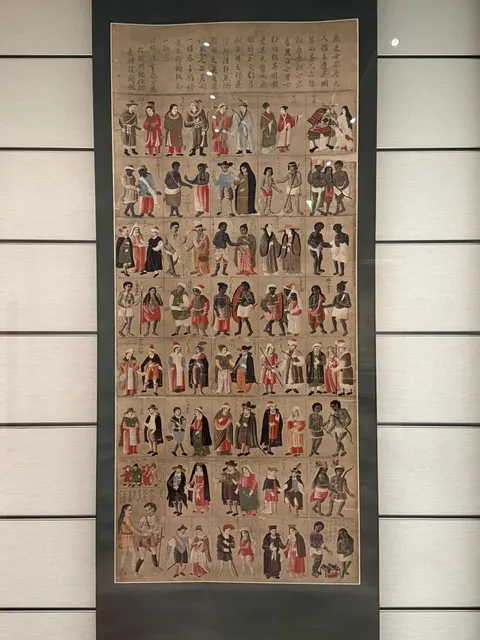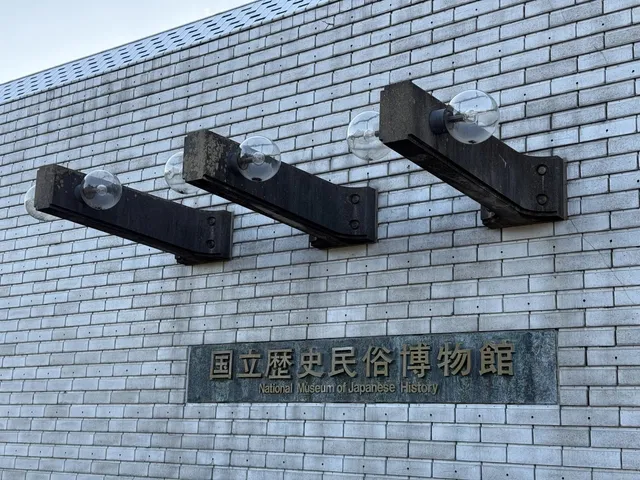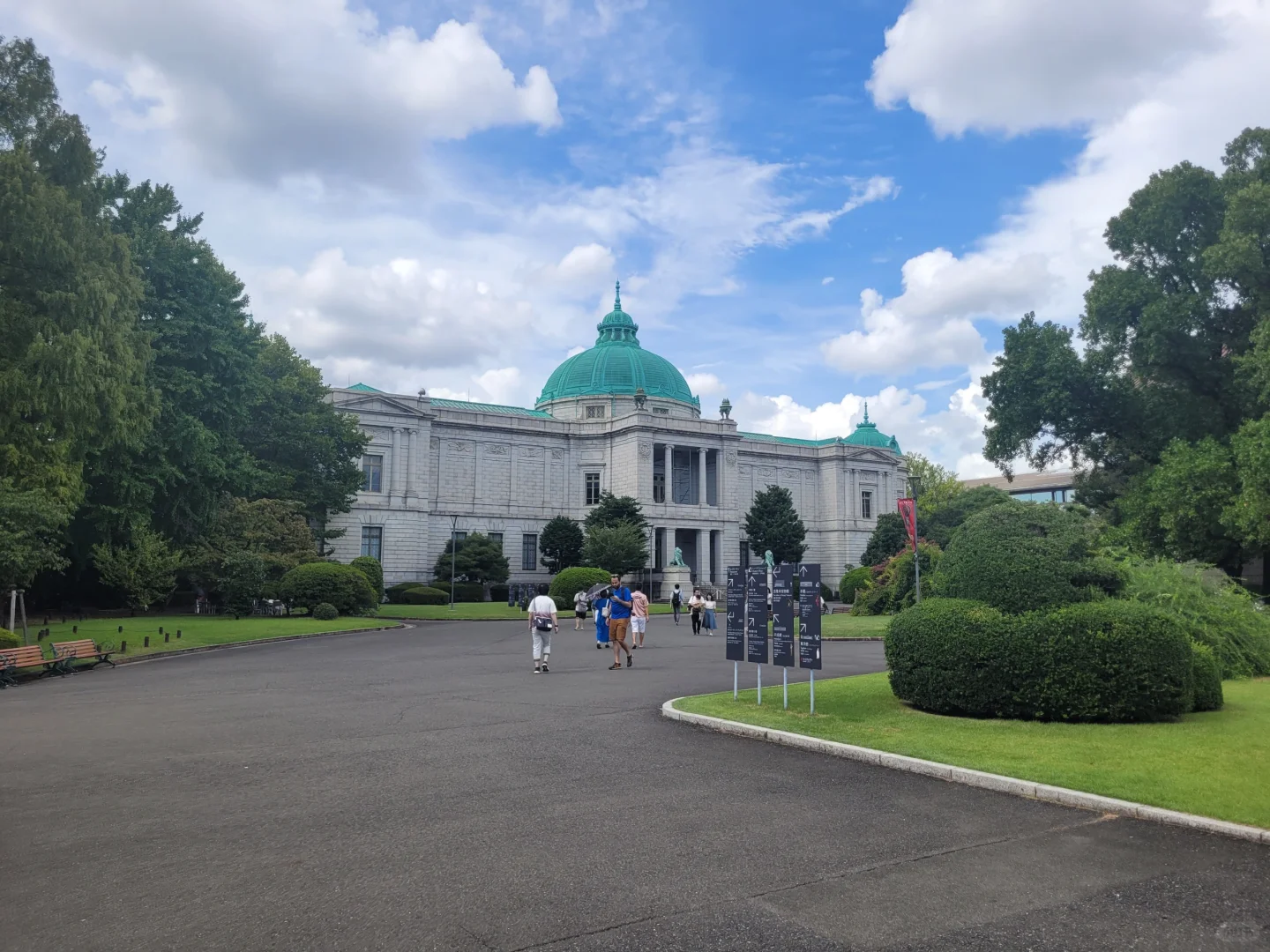National Museum of Japanese History things to do, attractions, restaurants, events info and trip planning
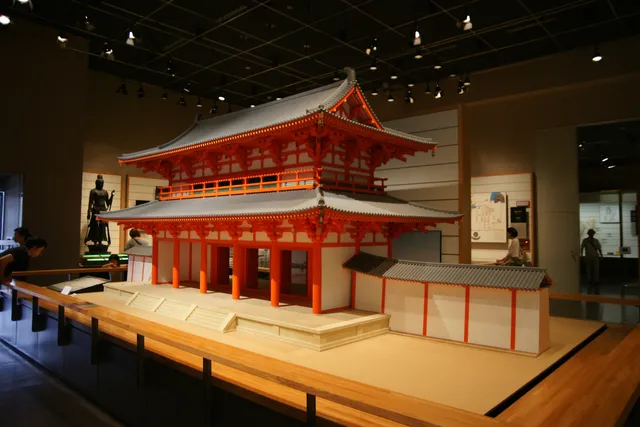
Basic Info
National Museum of Japanese History
117 Jonaicho, Sakura, Chiba 285-0017, Japan
4.4(1.6K)
Open 24 hours
Save
spot
spot
Ratings & Description
Info
The National Museum of Japanese History, commonly known in Japanese as Rekihaku, is a history museum in Sakura, Chiba, Japan. The museum was founded in 1981 as an inter-university research consortium, and opened in 1983. The collections of museum focus on the history, archaeology, and folk culture of Japan.
Cultural
Accessibility
attractions: Sakura Castle Ruins Park, Sakura Castle Ruins, Uchigogaiku Park, restaurants: レストランさくら, Solera, 風流, ガスト 佐倉店, Sirjana Sakura, 美桜苑, Trattoria Noce, 麺場四代目, Restaurant
 Learn more insights from Wanderboat AI.
Learn more insights from Wanderboat AI.Phone
+81 43-486-0123
Website
rekihaku.ac.jp
Plan your stay

Pet-friendly Hotels in Sakura
Find a cozy hotel nearby and make it a full experience.

Affordable Hotels in Sakura
Find a cozy hotel nearby and make it a full experience.

The Coolest Hotels You Haven't Heard Of (Yet)
Find a cozy hotel nearby and make it a full experience.

Trending Stays Worth the Hype in Sakura
Find a cozy hotel nearby and make it a full experience.
Reviews
Nearby attractions of National Museum of Japanese History
Sakura Castle Ruins Park
Sakura Castle Ruins
Uchigogaiku Park
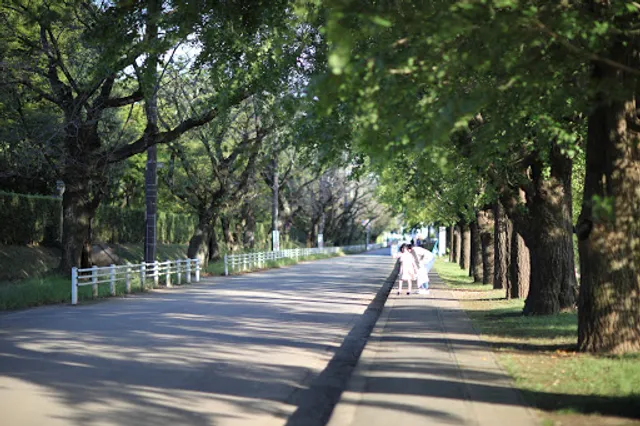
Sakura Castle Ruins Park
4.0
(1.2K)
Open 24 hours
Click for details
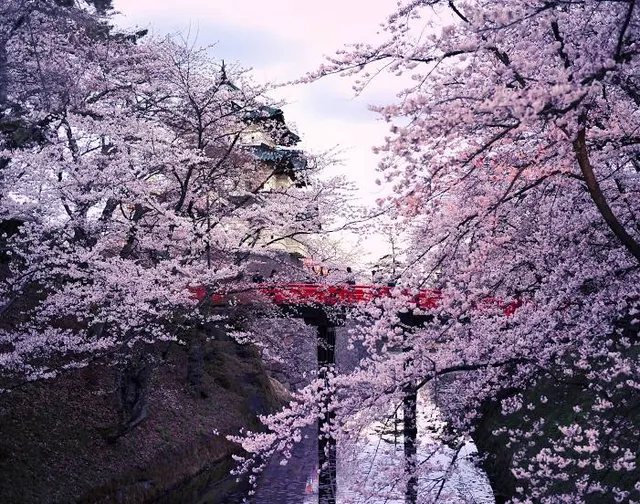
Sakura Castle Ruins
4.2
(66)
Open 24 hours
Click for details
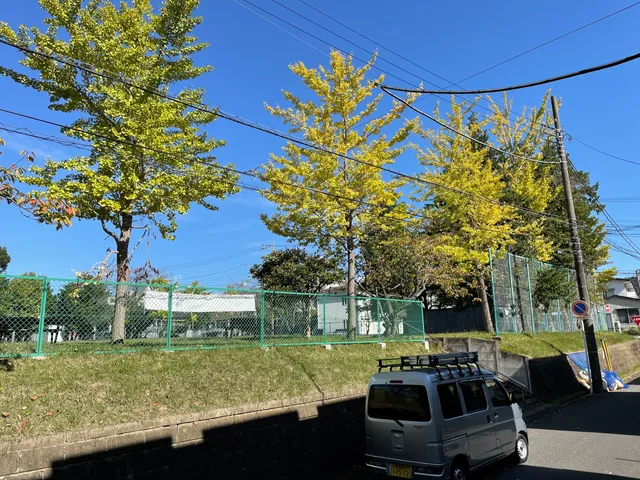
Uchigogaiku Park
3.2
(10)
Open until 12:00 AM
Click for details
Things to do nearby

Bake Japanese bread in a nutritionist’s kitchen
Fri, Jan 9 • 11:00 AM
270-0034, Chiba, Matsudo, Japan
View details
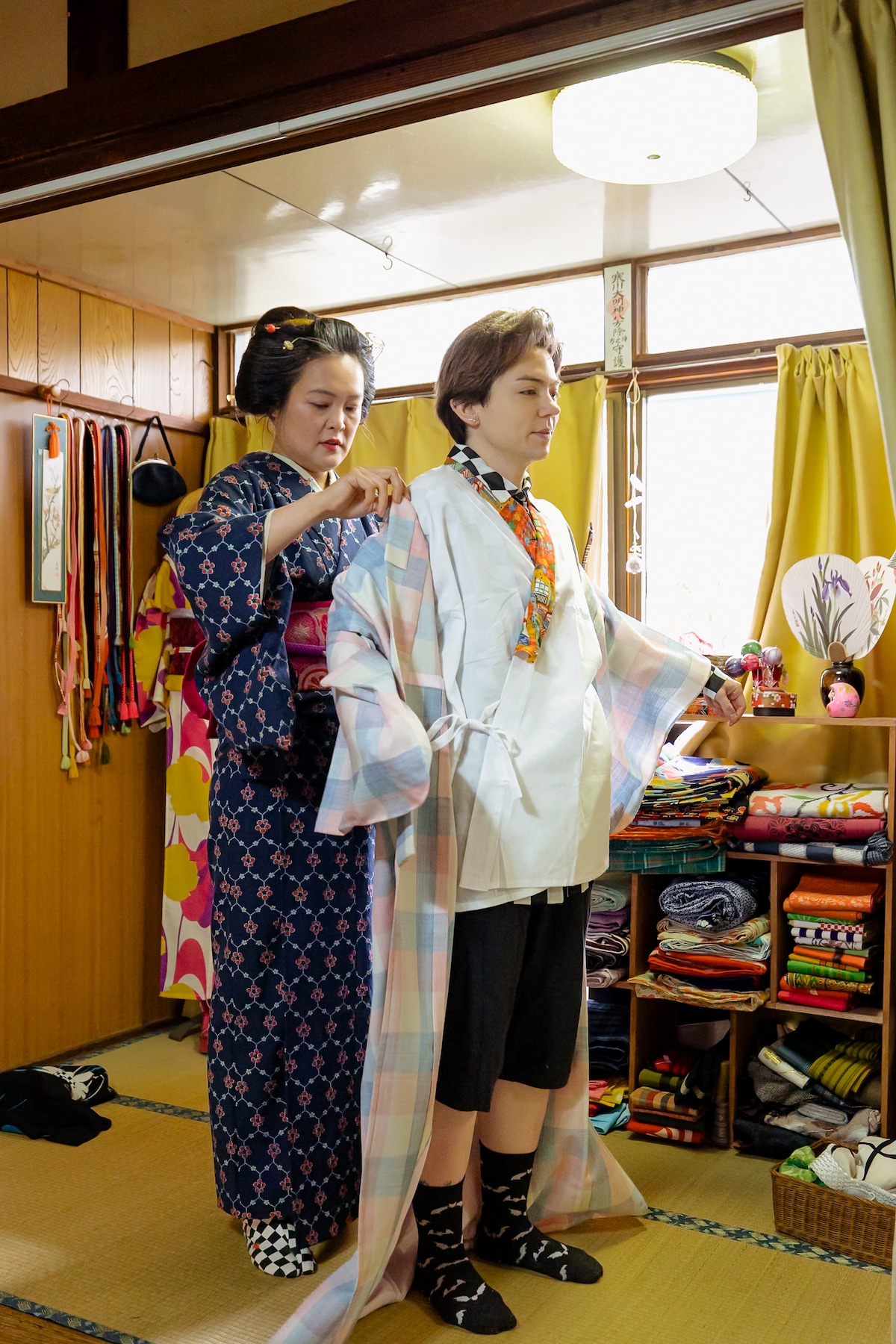
Wear modern kimono and feel the spirit of Wa
Thu, Jan 8 • 1:00 PM
133-0051, Tokyo Prefecture, Edogawa City, Japan
View details
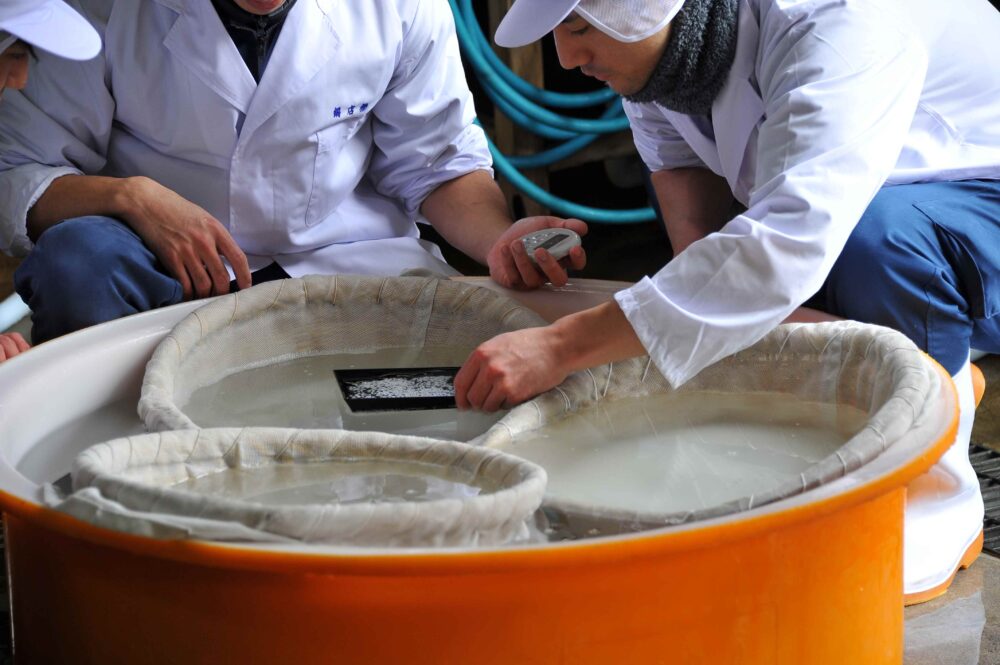
Experience at a hot pot restaurant
Sake tasting & brewery tour
Thu, Jan 8 • 11:00 AM
289-0221, Chiba, Kozaki, Katori District, Japan
View details
Nearby restaurants of National Museum of Japanese History
レストランさくら
Solera
風流
ガスト 佐倉店
Sirjana Sakura
美桜苑
Trattoria Noce
麺場四代目
Restaurant

レストランさくら
3.9
(57)
Click for details

Solera
4.6
(21)
Click for details
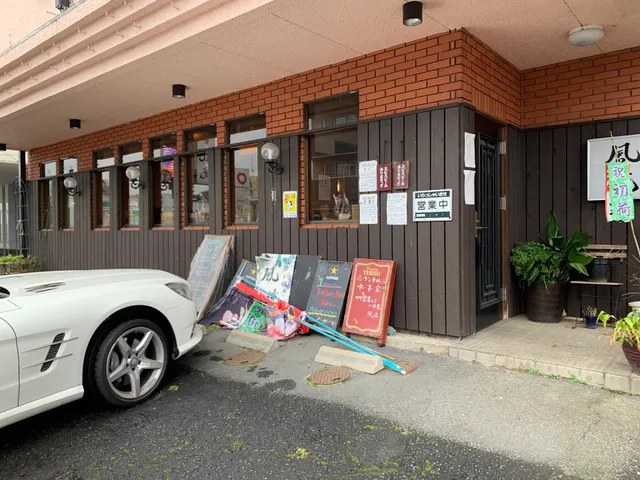
風流
4.4
(127)
Click for details
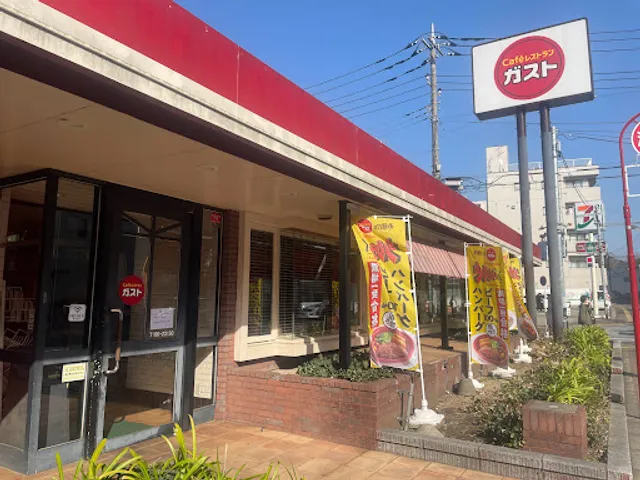
ガスト 佐倉店
3.5
(322)
Click for details


